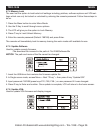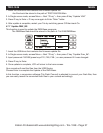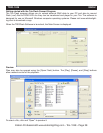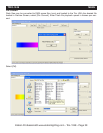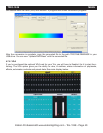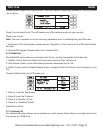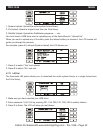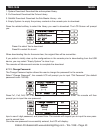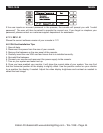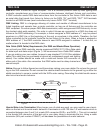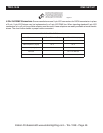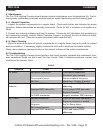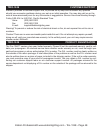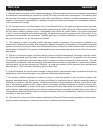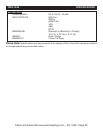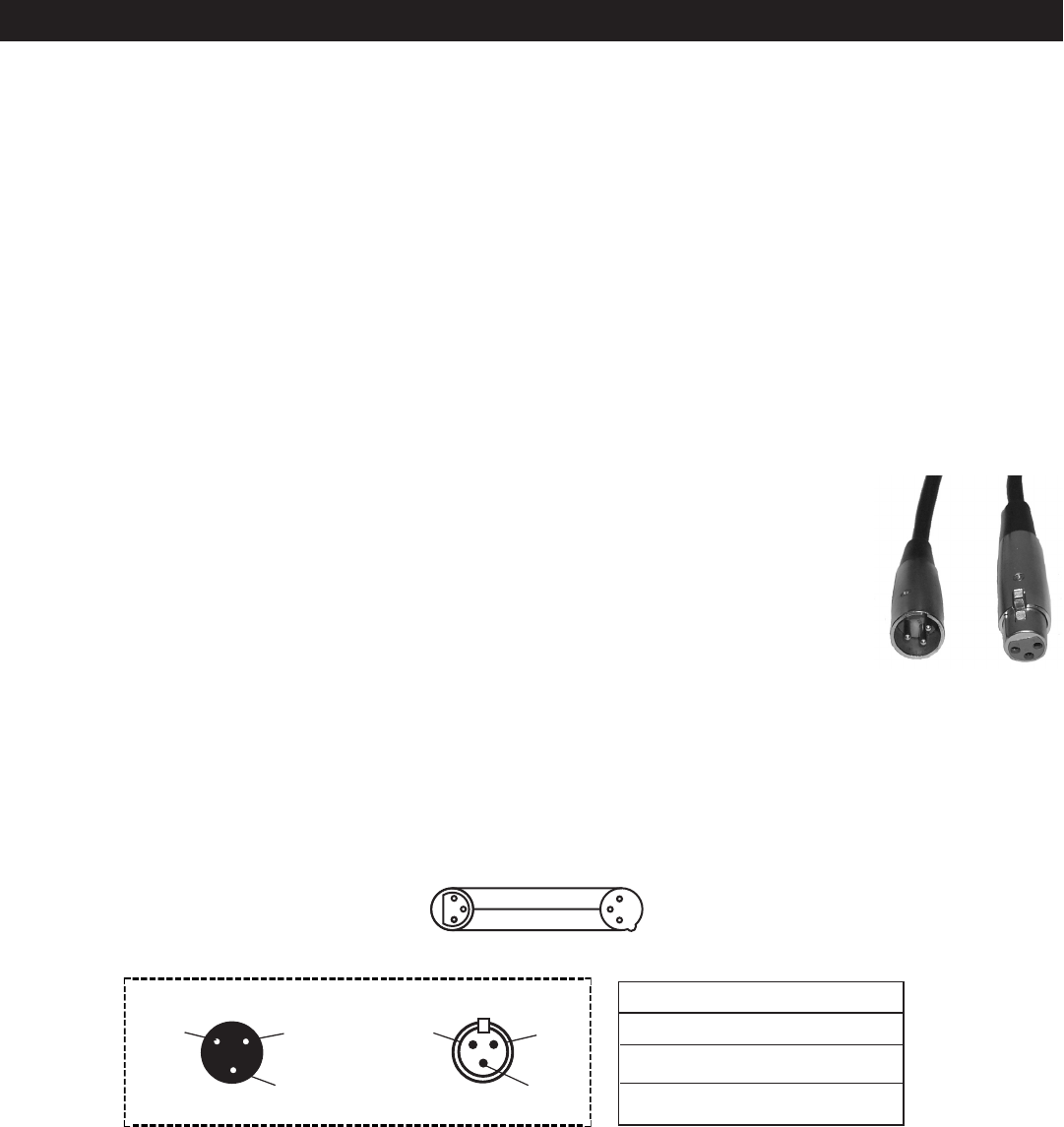
Elation Professional® www.elationlighting.com - Trio-1248 - Page 45
TRIO-1248 DMX SET UP
DMX-512: DMX is short for Digital Multiplex. This is a universal protocol used by most lighting and
controller manufactures as a form of communication between intelligent fixtures and controllers.
A DMX controller sends DMX data instructions from the controller to the fixture. DMX data is sent
as serial data that travels from fixture to fixture via the DATA “IN” and DATA “OUT” XLR terminals
located on all DMX fixtures (most controllers only have a DATA “OUT” terminal).
DMX Linking: DMX is a language allowing all makes and models of different manufactures to be
linked together and operate from a single controller, as long as all xtures and the controller are
DMX compliant. To ensure proper DMX data transmission, when using several DMX fixtures try to use
the shortest cable path possible. The order in which fixtures are connected in a DMX line does not
influence the DMX addressing. For example; a fixture assigned a DMX address of 1 may be placed
anywhere in a DMX line, at the beginning, at the end, or anywhere in the middle. Therefore, the first
fixture controlled by the controller could be the last fixture in the chain. When a fixture is assigned a
DMX address of 1, the DMX controller knows to send DATA assigned to address 1 to that unit, no
matter where it is located in the DMX chain.
Data Cable (DMX Cable) Requirements (For DMX and Master/Slave Operation):
our unit and your DMX controller require a approved DMX-512 110 Ohm Data cable
for data input and data output (Figure 1). We recommend Accu-Cable DMX cables.
If you are making your own cables, be sure to use standard 110-120 Ohm shielded
cable (This cable may be purchased at almost all professional sound and lighting
stores). Your cables should be made with a male and female XLR connector on
either end of the cable. Also remember that DMX cable must be daisy chained and
cannot be split.
Notice: Be sure to follow gures two and three when making your own cables. Do not use the ground
lug on the XLR connector. Do not connect the cable’s shield conductor to the ground lug or allow the
shield conductor to come in contact with the XLR’s outer casing. Grounding the shield could cause a
short circuit and erratic behavior.
Special Note: Line Termination.
When longer runs of cable are used, you may need to use a termi-
nator on the last unit to avoid erratic behavior. A terminator is a 90-120 ohm 1/4 watt resistor which is
connected between pins 2 and 3 of a male XLR connector (DATA + and DATA -). This unit is inserted
in the female XLR connector of the last unit in your daisy chain to terminate the line. Using a cable
terminator (ADJ part number Z-DMX/T) will decrease the possibilities of erratic behavior.
Figure 1
Figure 2
Figure 3
1 Ground
1 Ground
XLR Male Socket
XLR Pin Conguration
3 Hot
2 Cold
2 Cold
3 Hot
XLR Female Socket
Pin 3 = Data True (positive)
Pin 2 = Data Compliment (negative)
Pin 1 = Ground
DMX512 IN
3-PIN XLR
1
2
3
1
2
3
DMX +
DMX -
COMMON
DMX512 OUT
3-PIN XLR



